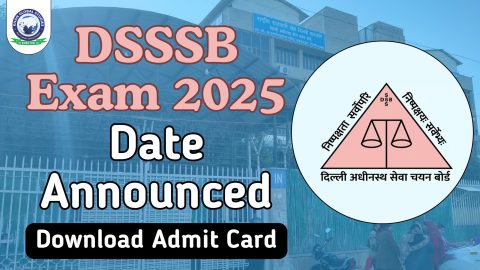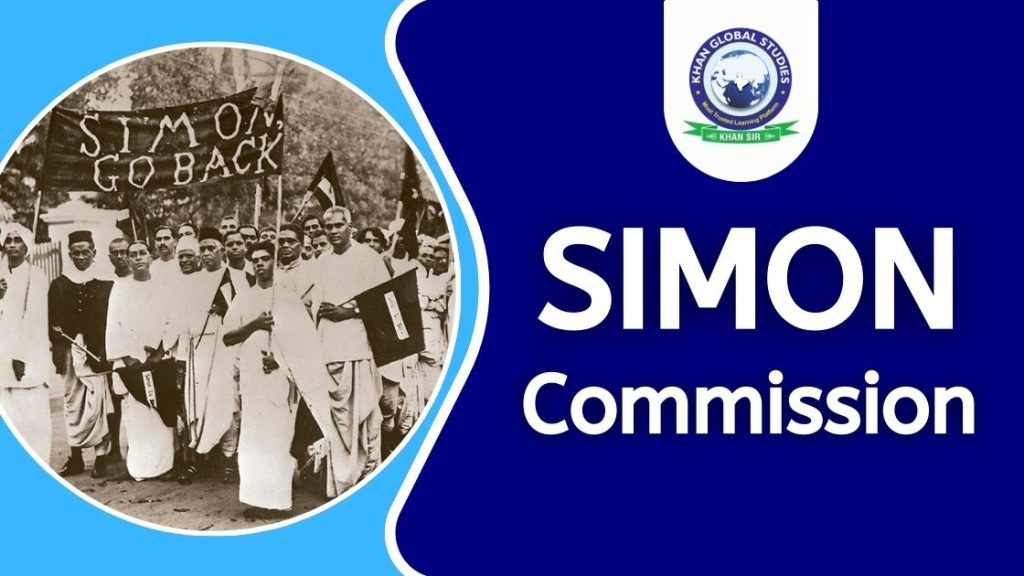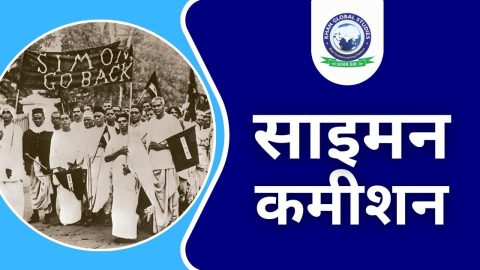The Simon Commission, officially known as the Indian Statutory Commission, was a group of seven members led by Sir John Simon. Formed by the British government, its purpose was to investigate the reasons behind the inadequate functioning of India’s constitutional changes.
In 1928, the Simon Commission arrived in British India to evaluate how to enhance the country’s constitution. Among its members was Clement Attlee, who later became the leader of the Labour Party and a strong advocate for Indian self-governance. This article delves into the Simon Commission Report of 1927, its historical context, and its impact on India.
Simon Commission
The Simon Commission, also referred to as the Indian Statutory Commission, was tasked with reviewing proposed legal changes in India. This initiative was linked to the Government of India Act of 1919, which established India’s legislative framework. Sir John Simon was responsible for assembling the commission’s members.
The absence of Indian representatives on the commission led to widespread criticism and non-cooperation from the Indian National Congress and other Indian political organizations. Understanding the Simon Commission is crucial for those studying Modern Indian History for government exams. This article offers an in-depth look at the Simon Commission.
What is the Simon Commission?
In 1928, the Simon Commission, led by Sir John Simon and comprising seven Members of Parliament, came to India to scrutinize and recommend changes to the laws and governance structure of British India, which was then the British Empire’s largest and most vital colony.
History of the Simon Commission
The Government of India Act of 1919 introduced the Dyarchy system and proposed a commission to review constitutional changes after a decade. On November 8, 1927, the British government, under Prime Minister Stanley Baldwin, established the Simon Commission. This commission, known as the Indian Statutory Commission, was composed entirely of British members, which sparked criticism due to the lack of Indian inclusion.
The primary objective of the Simon Commission was to advise the British government on constitutional reforms in British India. Anticipating a possible electoral defeat, the conservative British government advanced the commission’s formation to 1927, two years earlier than planned.
Lord Birkenhead, the Secretary of State for India, doubted the ability of Indians to devise a broadly accepted plan for constitutional reforms. His scepticism was a key factor in the creation of the Simon Commission in 1927.
Reaction of Indians to the Simon Commission
In 1927, the exclusion of Indians from a special commission sparked widespread discontent. During a meeting in Madras, the Congress Party resolved to boycott the commission. Similarly, the Muslim League, led by M.A. Jinnah, decided against participating. However, some members, such as Muhammad Shafi, supported the government’s initiative.
The Justice Party in southern India also sided with the government. When the Simon Commission arrived in February 1928, it faced massive protests nationwide. People expressed their displeasure through strikes, black flag demonstrations, and chants of “Simon go back.”
To quell the protests, the police resorted to force, including lathi charges, even against respected leaders like Pandit Nehru. In Lahore, Lala Lajpat Rai, who was leading an anti-Simon Commission demonstration, was severely injured by police action and tragically died later that year.
During this period, Dr. B.R. Ambedkar submitted a report on behalf of the Bahishkrit Hitkarini Sabha, addressing the education of oppressed classes in the Bombay Presidency.
Boycott of the Simon Commission
The formation of the Simon Commission to review the impact of constitutional changes in India caused widespread disappointment, as it consisted solely of British members, ignoring Indian representation. This led to protests and strong criticism.
At a meeting in Madras in 1927, the Congress Party decided to boycott the commission. Muhammad Ali Jinnah’s Muslim League also refused to participate and criticized the commission. However, the Justice Party in southern India supported the government on this issue.
When the commission arrived in India, it was met with widespread protests, strikes, and black flag demonstrations, accompanied by chants of “Simon, go back”. The authorities responded with force, including lathi charges, leading to violent clashes with prominent leaders such as Lala Lajpat Rai and Pandit Jawaharlal Nehru.
Lala Lajpat Rai, a revered leader from Punjab, was critically injured during a lathi charge and subsequently died on November 17, 1928. Additionally, Dr. B.R. Ambedkar presented a report to the Bahishkrit Hitkarini Sabha, emphasizing the importance of educating marginalized groups in the Bombay Presidency.
Simon Commission Recommendations
The Simon Commission report, divided into two sections, included several major recommendations:
- End Dyarchy: Eliminate the division of powers between officials and ministers.
- Create Local Representation: Establish elected governments in the provinces to ensure local participation.
- Powers of the Governor: Grant discretionary powers to the Governor for administration and security matters.
- Increase Provincial Council Members: Expand the number of members in provincial legislative councils.
- High Court Control: Ensure the Government of India has complete control over the High Courts.
- Community Representation: Implement separate electoral groups for different communities and extend this to more communities.
- Powers of the Governor General: Give the Governor General full authority to appoint cabinet members.
- Limited Voting Rights: Maintain restricted voting rights, not a universal franchise.
- Local Representation for Specific Areas: Provide the North-West Frontier Province and Balochistan with representation in the local legislature and at the Centre.
- Separation of Territories: Separate Sindh from Bombay and Burma from India.
- Indianization of the Army: Increase Indian representation in the Indian Army’s structure.
- Consultative Council: Establish a council to discuss matters related to Greater India.
Impact of the Simon Commission
Despite facing significant opposition, the Simon Commission completed its report in 1930. The main points of the report were as follows:
- British Government’s Assurance: Before the report, the British government promised to consider Indian opinions, and the report was intended to facilitate India becoming more self-governing under British rule.
- End of Dyarchy and Local Governance: The report recommended abolishing the dyarchy system and creating smaller local governments in collaboration with local leaders.
- Separate Voting Systems: Proposed separate voting systems for different religious groups to reduce tensions between Hindus and Muslims.
- Influence on the Government of India Act 1935: The Simon Commission report significantly influenced the Government of India Act of 1935, which laid the foundation for India’s modern Constitution.
- Provincial Elections of 1937: The first provincial elections in 1937 saw a major victory for the Congress Party in most regions, establishing it as a dominant force in Indian politics and bolstering the freedom movement with many strong leaders.





